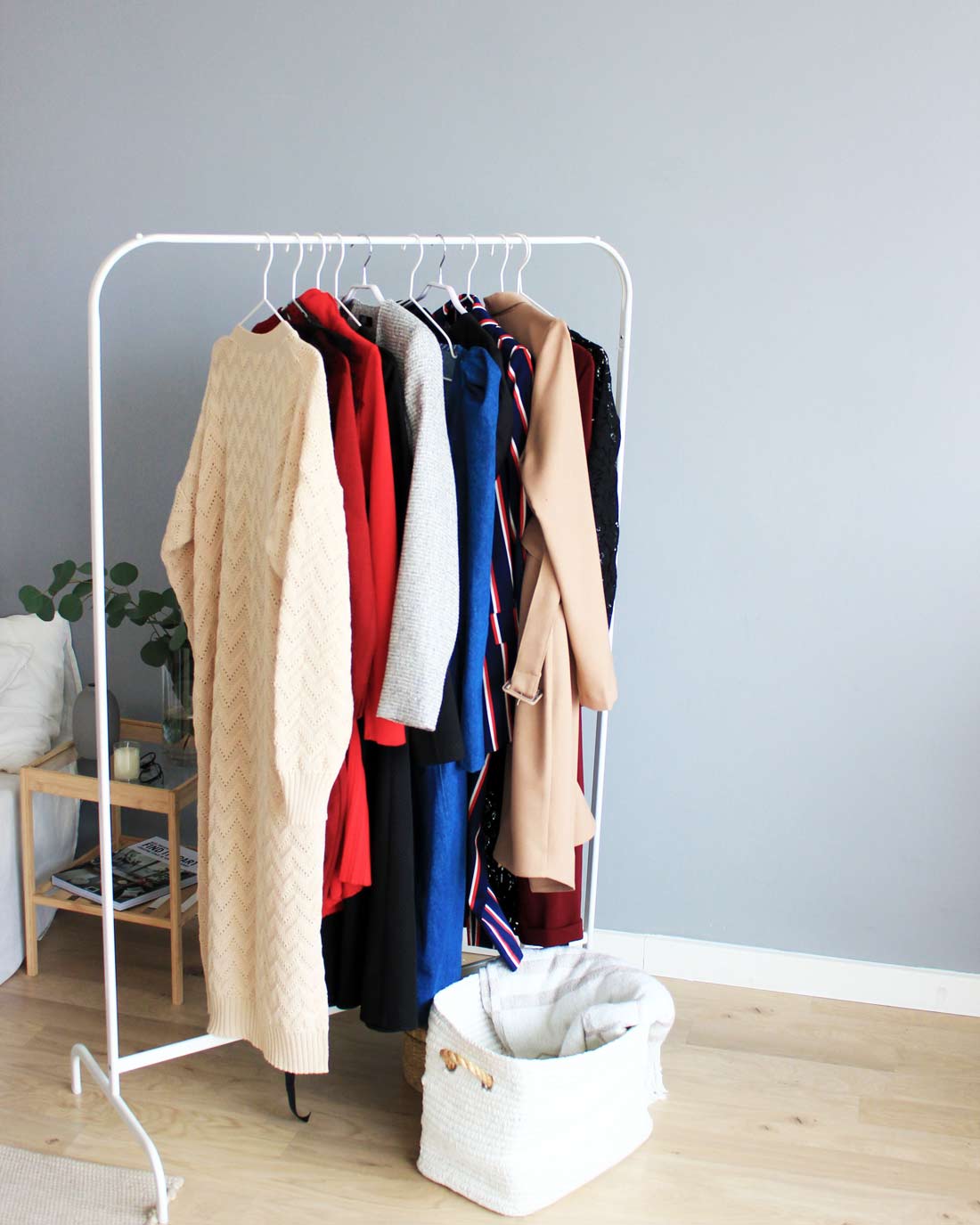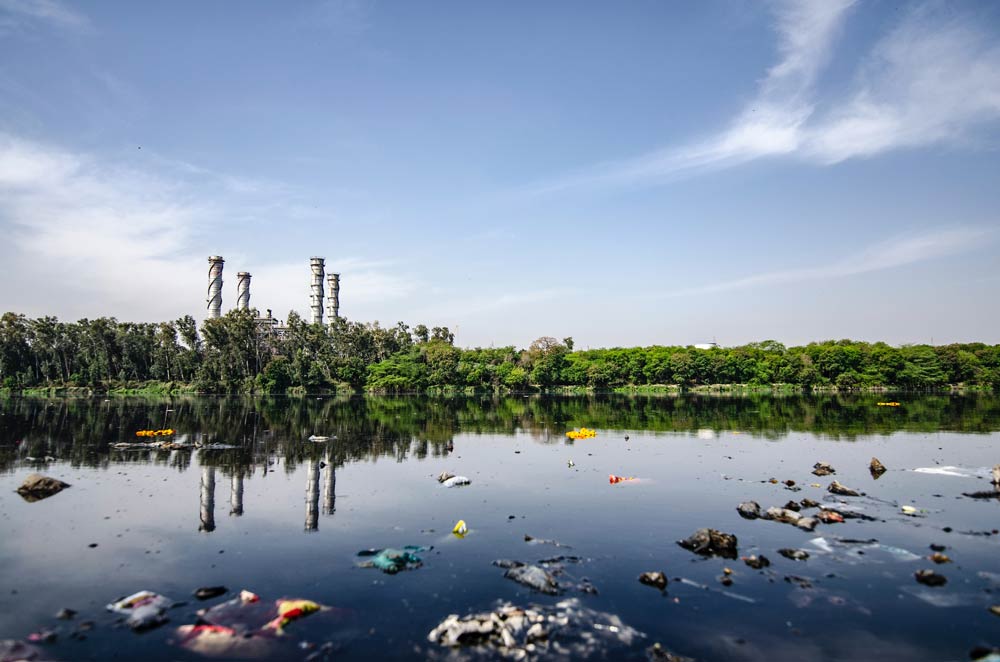We are so accustomed to buying commercial laundry detergents, softeners, dryers balls, sheets, and using so many gadgets and products. There is no need to go back to laundry boards and laundry soap, but there is lots we can do to zero waste our laundry.
Most include natural and environmental products, common sense, grandmas wisdom, and modern science.
When we do laundry more efficiently, we also use less detergent, products, energy. This is what this post is about. How to wash and care for our clothes better so we can keep wearing them longer and keep using all of our gadgets for longer.
I tried several DIY zero waste laundry detergents, natural soap nuts, and different recipes. However, homemade detergents simply don’t work as well and come with their own issues.
Zero waste laundry starts with caring for clothes more
- sort by color and material, obviously. I like to wash my pants/jeans separately because of the texture – the quality of the fabric. They aren’t super stiff but they are stiffer than some thinner fabrics. Rubbing is what degrades the fabric and I do not want stiffer fabrics with softer thinner ones. Wash similar with similar based on color and texture.
- always close zippers. If you have buttons or any similar decoration that can catch on clothing, put the item in a separate laundry bag (you can DIY it at home). This prevents any sharper objects from making holes or puckers in your clothes. You also want to prevent your clothes from catching on something in the drum – this will stretch the item in the wash, especially in the spin cycle.
- turn your clothes inside out
Now, you might say, do you really expect me to do so much prep for doing laundry? I hear you. As a student, I threw everything in, I had two allocated loads per week, one for clothes, one for bedding and towels. Some weeks, I only did one load, mixing everything together if there was enough space.
After I started buying clothes I actually cared about, I didn’t want to ruin them in the wash. I wanted to keep them for the longest time possible. And it doesn’t really have much to do with the price either. When I buy something mindfully, that I really want and love, I will take care of it much better and it will last longer.

How to choose your zero waste detergent?
The effectiveness of any given laundry detergent is a balancing game between ingredients used, amount and quality of our water, and our washing machine. The water and the machine are often overlooked because they are harder to measure at home, aren’t visible, and we don’t have a meaningful degree of control.
I wrote two posts on laundry detergents and zero waste options. I am currently testing a new generation of zero waste detergents – the pellets, and before that, I used organic laundry detergent, either from the store (my long time fav. is Frosch Aloe) or from my local zero waste store in bulk. Most brands will do a good job, just make sure you are getting a detergent, not soap.
Counter to everything commercials have told us about doing laundry, lather and scent do not mean clothes are or aren’t washed well.
Liquid detergent is normally better for preserving colors and powders are normally better for heavier stained laundry (but harsher on the clothes). I like liquid and powdered versions better (as opposed to pods) because you can control the amount of detergent for the size of your load/water.
Don’t waste your laundry detergent
Probably one of the most important tips for doing laundry is using a normal amount of laundry detergent. We often overload the machine with detergent, because we think more is better and we like the smell. This, however, clogs our washing machines.
Always use the amount instructed on the box/bottle or a bit less. The amount of detergent depends on the weight of the load and softness/hardness of your water. The amounts were most likely adjusted to your country water, laundry machine styles and consumer behavior (brands keep a close tab on all of that), so it is not a one size fits all solution.
How to do an eco-friendly wash
Most clothes nowadays say “wash up to 40 degrees C ” (warm cycle on some washing machines). This is because the fabric used in today’s fast fashion is thinner and often of lesser quality (the thread used is less stable and shorter, which makes the fabric weaker – you then get holes). Especially some softer viscose knits can get damaged in the wash/drying cycle easily. Lower temperatures wash our sweaty clothes perfectly well. I wash my delicates on cold and towels on 60.
Some water saving cycles do not wash clothes very well, so it’s better to shorten the cycle and wash on lower temp. I very rarely wash anything longer than 1h. There is no need.
If you can avoid it, don’t wash just a couple of items at once. Do a full load, but don’t overfill the drum.
Decrease the speed of your spin cycle. It’s gentles on the clothes.
I also have a renewable electricity provider.

Photo by Yogendra Singh
How to make your washing machine wash better and last longer?
At a minimum, make sure to clean your filter and rubber seal regularly.
After a wash, wipe off the excess water in the bottom of the rubber seal (you might need to stretch the rubber a bit for it) and leave the door open. This enables moisture to escape and prevents mold and mildew. Also, be careful when you are loading the washing machine to not get clothes trapped between the seal and the door. It happened to me and I had to have the seal replaced.
Having your washing machine build-up free will increase the efficiency of any laundry detergent, DIY or store-bought.
It’s a good idea periodically to do a hot (90 degrees C) cycle with hydrogen peroxide or cleaning tabs. I do my heavily stained kitchen towels this way. This helps soften and remove scum from the inside of your washing machine.
Low waste stain treatments
I normally do not pretreat anything, most of our clothes are just sweaty, not really dirty. Most gentler detergents will do.
- If your clothes are heavily stained, try washing them at a higher temperature and up the detergent a bit.
- It is always better to get stained clothing in the wash ASAP, or at least rinse the stains out as soon as you can.
- A while ago, we had issues with deodorant stains. No commercial or home stain remover could completely eliminate the yellow stain. We changed to a natural deodorant and have had zero issues since.
- For a natural bleaching effect, hang dry your whites in the hot summer sun, but do not do that with saturated colors or darks because it will fade the colors substantially.
- on exactly how you can get rid of stains without elbow grease, I have a post here (all options are low fuss, leave-on, non-processed ingredients)
Zero waste discoloration sheets
I got a zero waste discoloration sheet to replace those plasticity sheets to prevent color transfer on clothes. Essentially, it’s just a white towel like fabric. Are you familiar with this? Would any fabric work?Let me know.
Preventing plastic from entering our waterways
I got myself a Guppyfriend laundry bag to trap microfibers and make sure there are no plastic particles in the laundry detergent (by emailing the brand).
Is it better to hang dry or use a dryer?
Both have their advantages and disadvantages. Hang drying clothes is less damaging to clothes, and includes minimal waste. But, it’s also time-consuming and not always possible. If you live in a small humid apartment, a dryer is a must. Especially in the winter, it can take forever for clothes to dry indoors and you can get mold on your walls and ceiling in high humidity apartments.
If you are using a dryer, there are several things you can do, to dry clothes with a lower environmental impact:
- dry on lower temperatures
- stop using dryer sheets: commercial ones contain harmful chemicals anyways. People use them to soften clothes and for smell (but do we have so much scent in our detergents and softeners then? and reducing static. You can prevent static by taking the clothes out when they are slightly damp or just wait (static is nothing bads and wears off). Dryer sheets were created to replace softener, but it is really yet another thing we do not need? We just keep using these products, because we think we should. But what problem are we really solving?
- do all your laundry in 1 day: this saves time and energy to heat the dryer
- take care of your dryer well, clean the lint filter after each use
- consider making or getting dryer balls: they help to keep laundry separated so it dries faster – but they can also deteriorate your clothes faster (all that extra rubbing)
I used a dryer for a couple of years as a student – I didn’t have to space to hang dry, and hated it. Colors faded faster and the surface of my clothes was odd.
If you are getting a drying rack, consider getting something of higher quality that will last you longer. Metal versions can be recycled, whereas plastic ones do not. I have a strong preference for horizontal ones, clothes dry much faster.
You can get 100% metal clothes pins nowadays, though I’m not sure how well they grip. I’m not a fan of the cheap wooden ones, because they deteriorate and mold rather fast, maybe some other wood would work better. I’ve had my plastic – soft grip clothes pins for years and do take them off the rack when not in use. If you leave them out on the sun too often, the plastic degrades.
Over to you
How are you doing? Is your laundry already low waste? What challenges are you facing? Leave a comment below.

